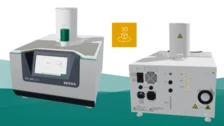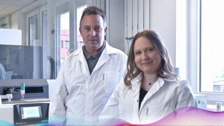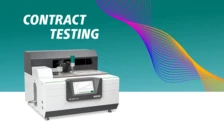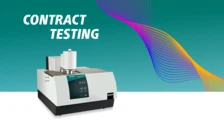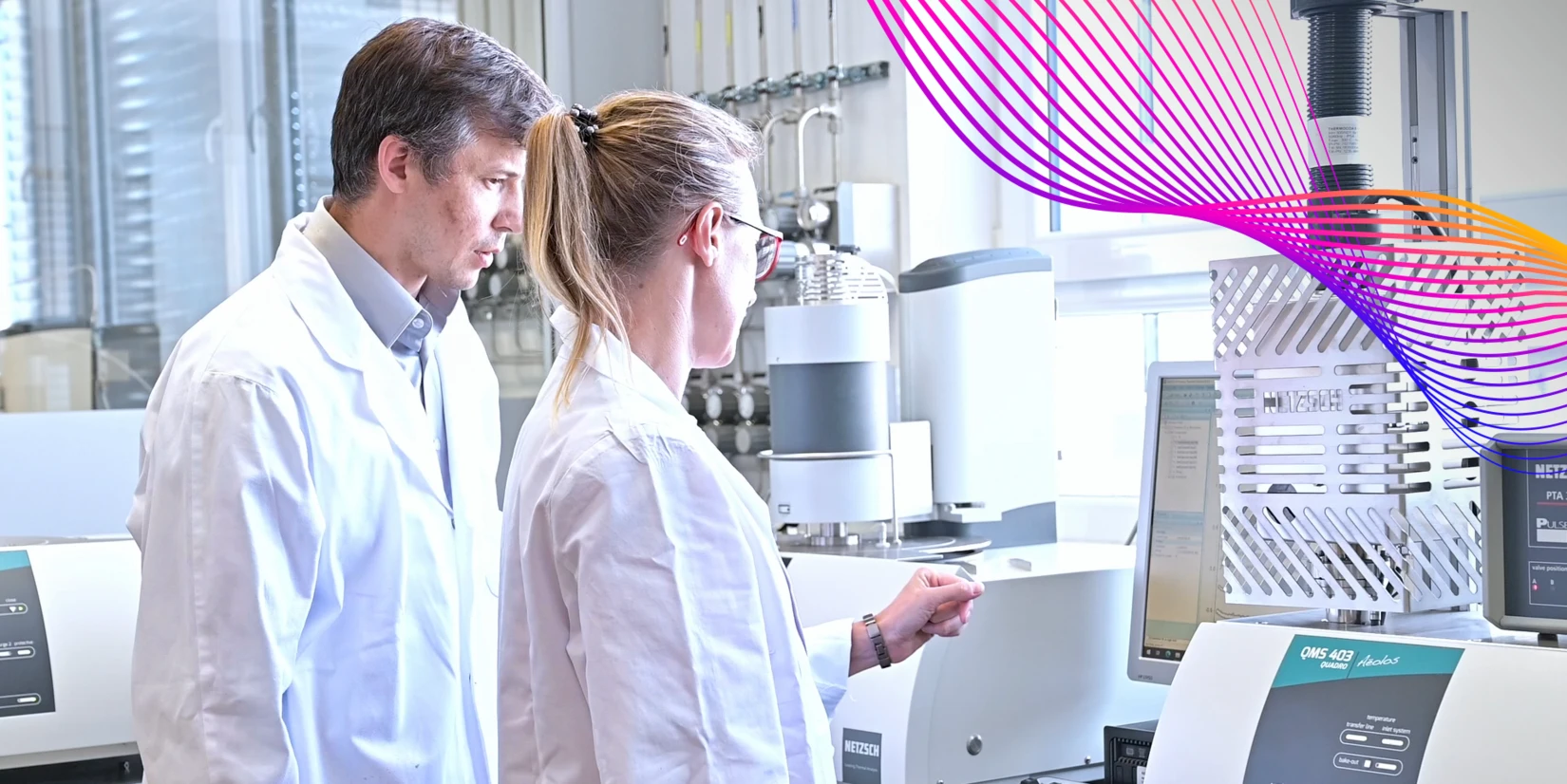
Contract Testing
Contract Testing &
Application Measurement
Our Expertise
The NETZSCH Applications Laboratories are a experienced partner for thermal analysis issues.
Within the realm of thermal analysis, accelerating rate calorimetry, rheology and the measurement of thermophysical properties, we offer you a comprehensive line of the most diverse analysis techniques for the characterization of materials (solids, powders and liquids). Measurements can be carried out on samples of the most varied of geometries and configurations.
Consult with the experts in our applications labs to choose the best-suited measuring method for your specific needs. You will be working with scientists (physicists, chemists, materials scientists) possessing consolidated knowledge about the most varied of methods and materials spectra. The confidentiality of your information and data is of course guaranteed.
Our involvement in your projects begins with precise and careful sample preparation and continues through profound examination and interpretation of the measurement results. Our diverse measuring methods and over 30 different state-of-the-art measuring stations will provide ready solutions for all your special questions.
Customers of our laboratory services are from a wide range of large companies in industries such as chemical, automotive, electronics, air/space travel, racing, thermoelectrics, metals, polymer and ceramics and many more.
In addition to our applications laboratory at the headquarters in Germany, we also have application laboratories in the USA (Boston), China (Shanghai), India (Chennai), Korea (Goyang) and Japan (Yokohama).
Watch our video to learn more about our service offerings

Our Business Spectrum
Measuring Methods for Your Material
* special samples sizes on request
Download the method overview as PDF:

The Advantage to You
We are the partner you can trust and rely on. Be sure to increase the satisfaction of yourself and your customers!
You will receive high-precision measurement results and valuable interpretations from us in the shortest possible time.
This will enable you to exactly specify new materials and components before actual deployment, minimize risks of failure, and gain decisive advantages over your competitors. For production problems, we can work with you to analyze causal issues and work out solution concepts. The relatively low expense of investment in our test measurements and services will pay off by greatly reducing your down time and reject rates. In addition, you will be able to increase the satisfaction of your existing customers and to win new ones.
Please be so kind as to send your samples directly to:
NETZSCH-Gerätebau GmbH, Applications laboratory, Wittelsbacherstraße 42, 95100 Selb/Bavaria, Germany
If you have any questions, please feel free to contact us: ngb_laboratory@NETZSCH.com
High-Precision
Problem Solving
Low Costs

Contact
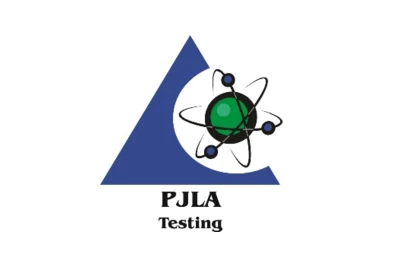
ISO/IEC 17025:2017 standard
Thermal Analysis Laboratory from NETZSCH accredited to the ISO/IEC 17025:2017 standard
NETZSCH Instruments North America, LLC was accredited to the ISO/IEC 17025:2017 standard. It enables laboratories to demonstrate that they operate competently and produce valid results, both nationally and around the world. It helps facilitate cooperation between laboratories and other bodies by generating wider acceptance of results between countries. Test reports and certificates from our US lab can be accepted from other countries without the need for further testing.

